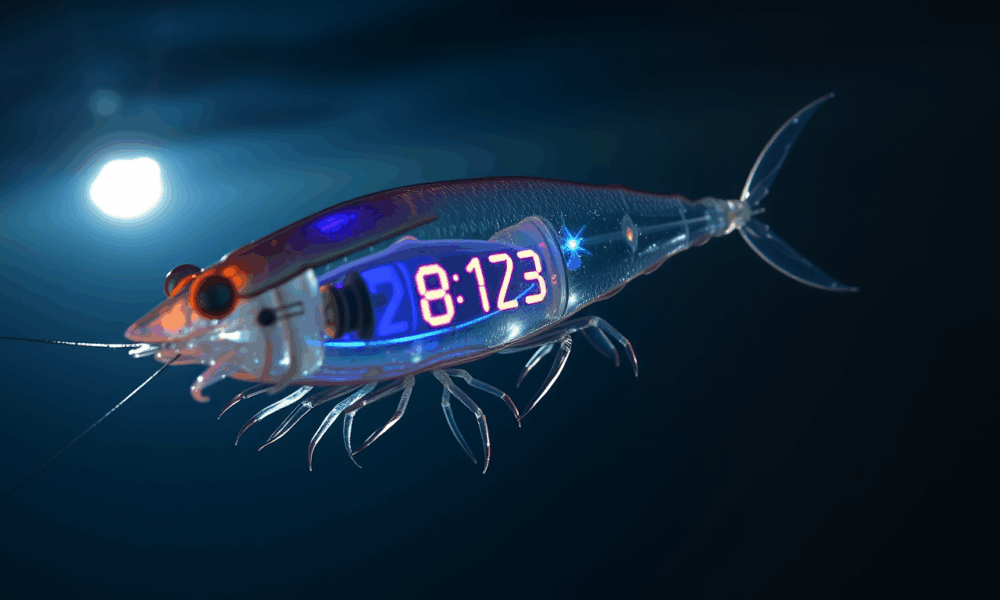
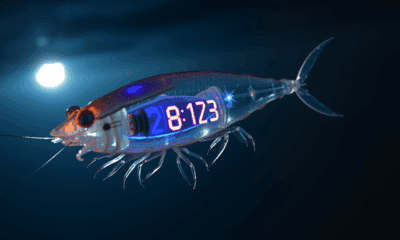

Antarctic krill do not only react to external environmental influences such as light or food. They also use their internal clock to adapt to the extreme...
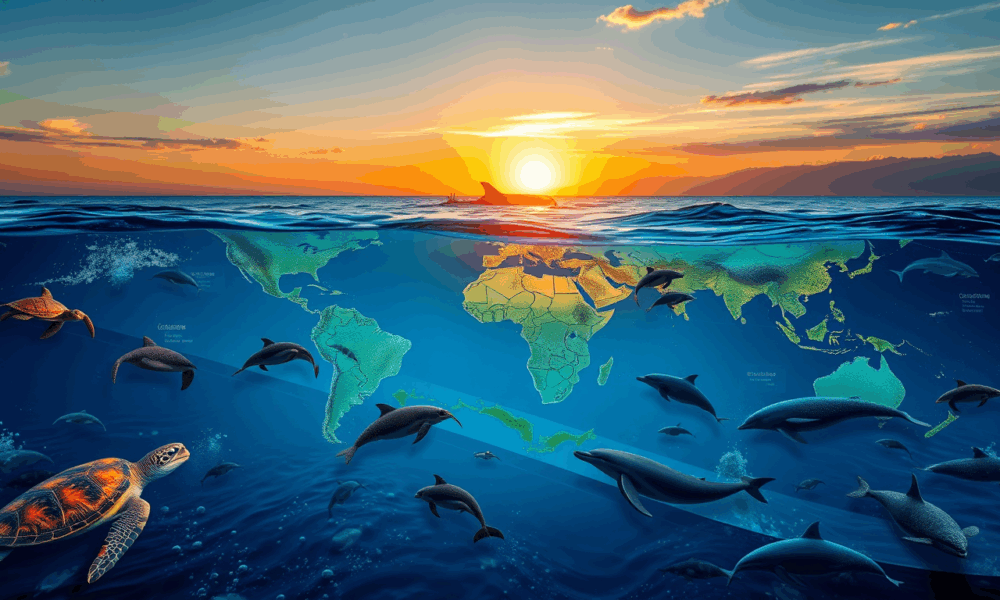
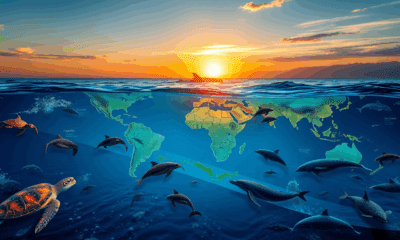

Scientists have launched an interactive global map to show the migratory patterns of more than 100 marine species in an effort to protect at-risk wildlife.
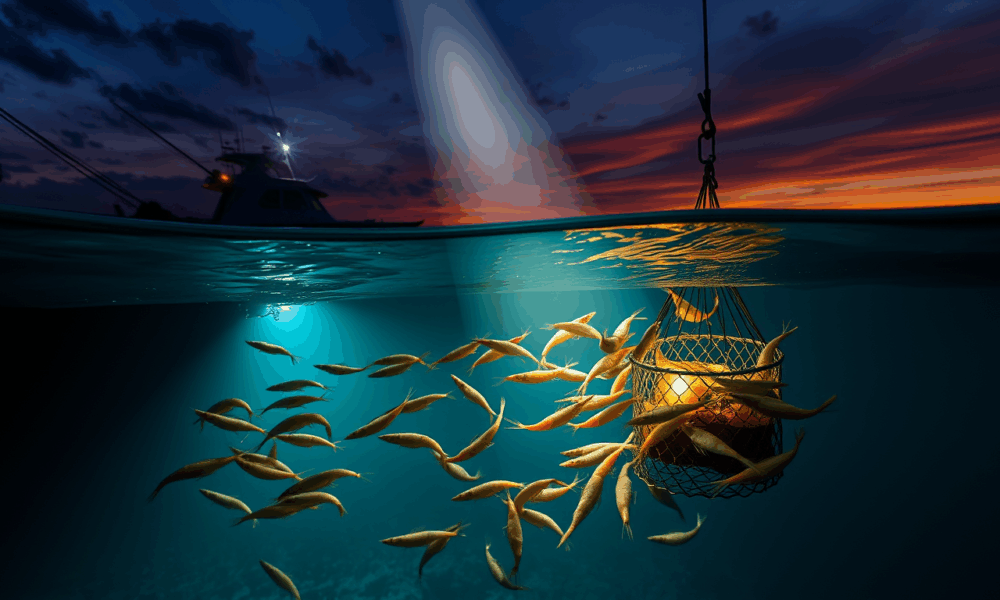
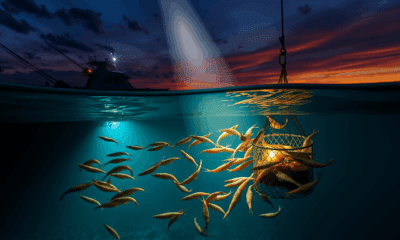

Fishing pots fitted with LED lights catch significantly more shrimp and fish, new research shows.
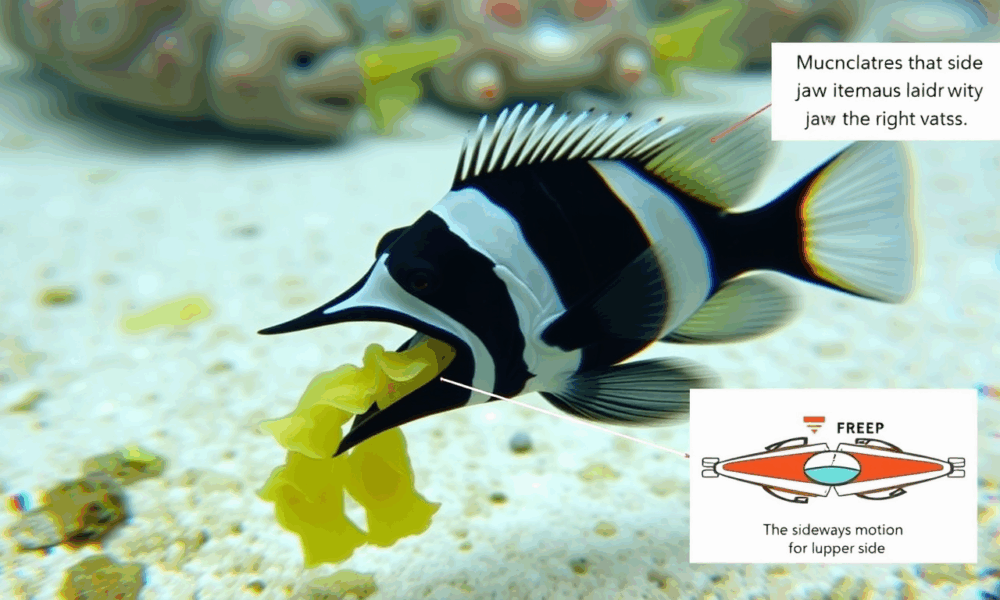
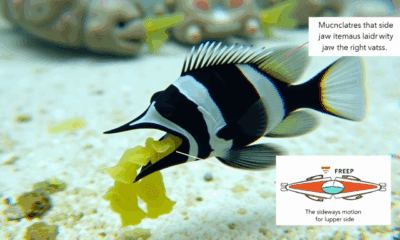

Some reef fish have the unexpected ability to move their jaws from side to side, biologists have discovered. This ability -- which is rare among vertebrate...
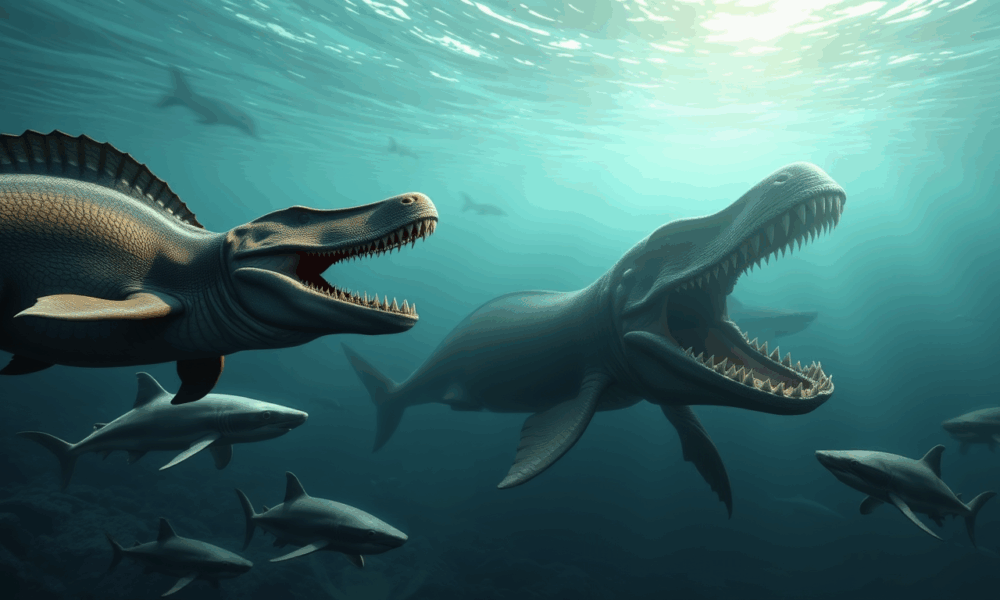
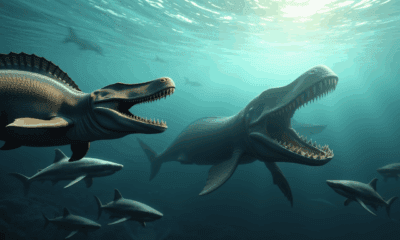

The highest trophic niches in Mesozoic oceans were filled by diverse marine reptiles, including ichthyosaurians, plesiosaurians, and thalattosuchians, dominating food webs during the Jurassic and Early...
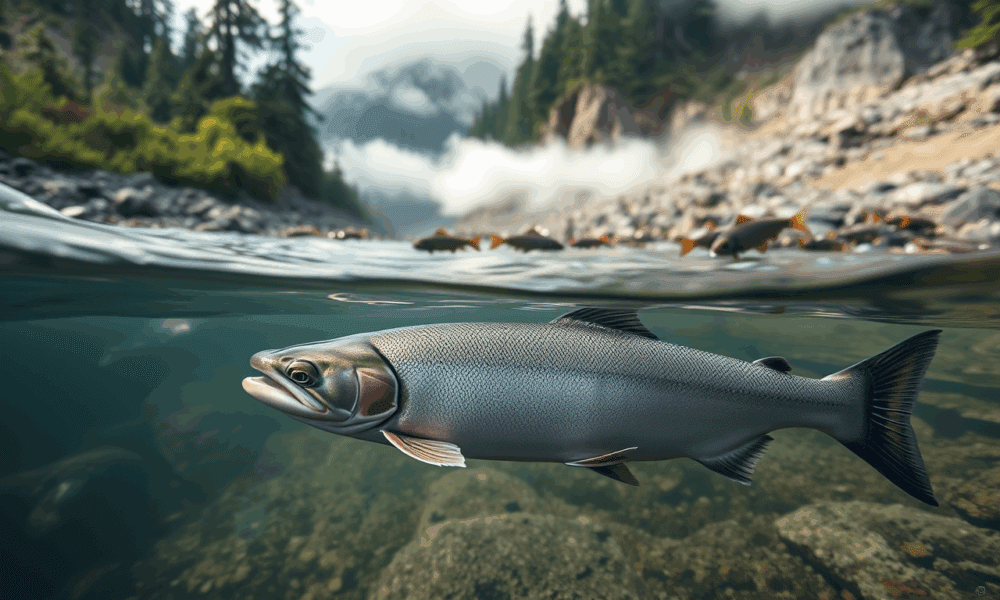
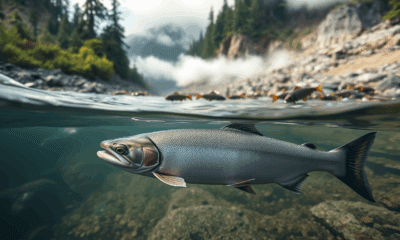

The well-known salmon life cycle has long been described as going only one way at a time. Juvenile salmon hatch and swim down rivers to the...
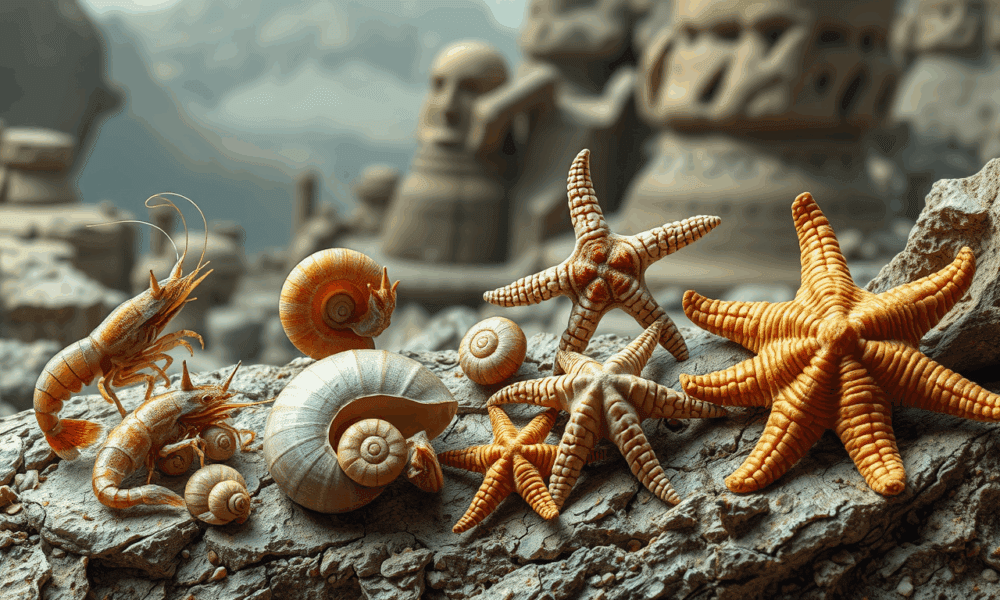
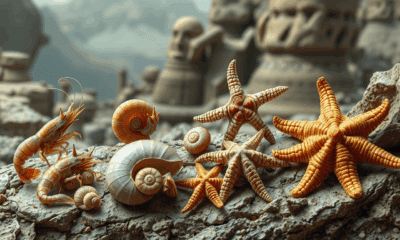

Why do some ancient animals become fossils while others disappear without a trace? A new study reveals that part of the answer lies in the body...
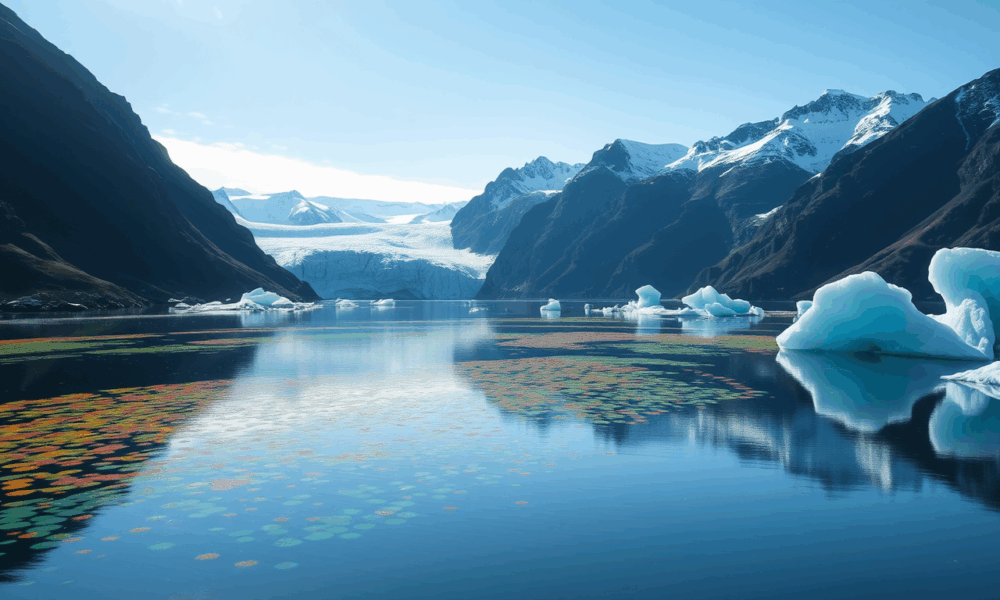
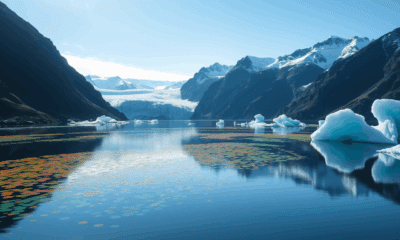

A new study has found worrying signs that climate change may be undermining the capacity of Arctic fjords to serve as effective carbon sinks. The findings...

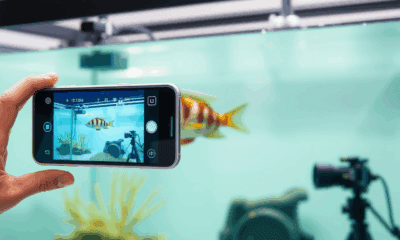

Strong methods do exist for measuring animal movement in the context of energy expenditure, but these are limited by the physical size of the equipment used....
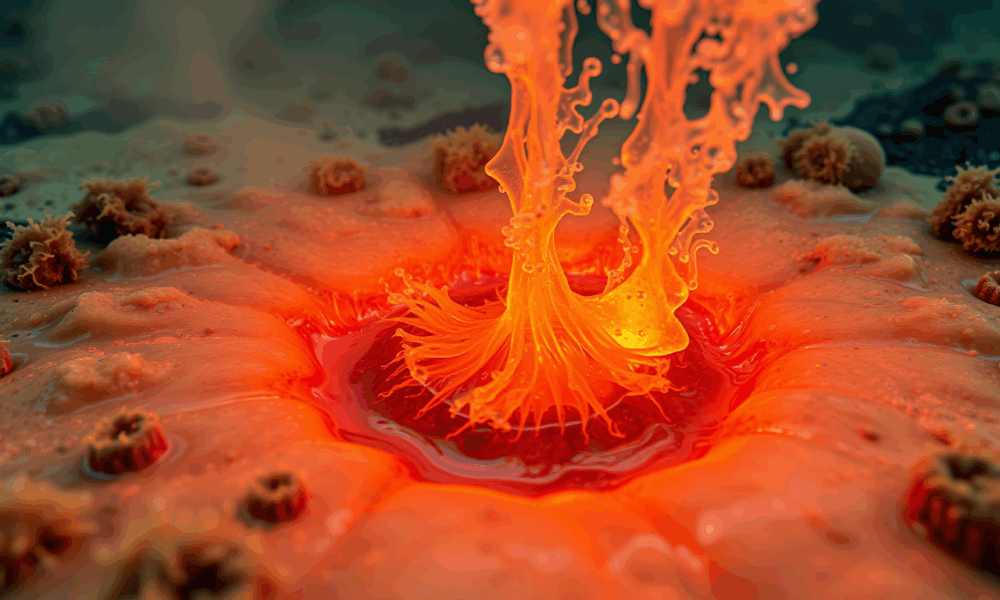
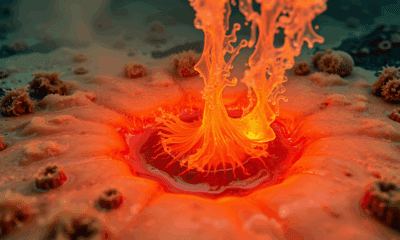

In the global carbon cycle microorganisms have evolved a variety of methods for fixing carbon. Researchers have investigated the methods that are utilized at extremely hot,...